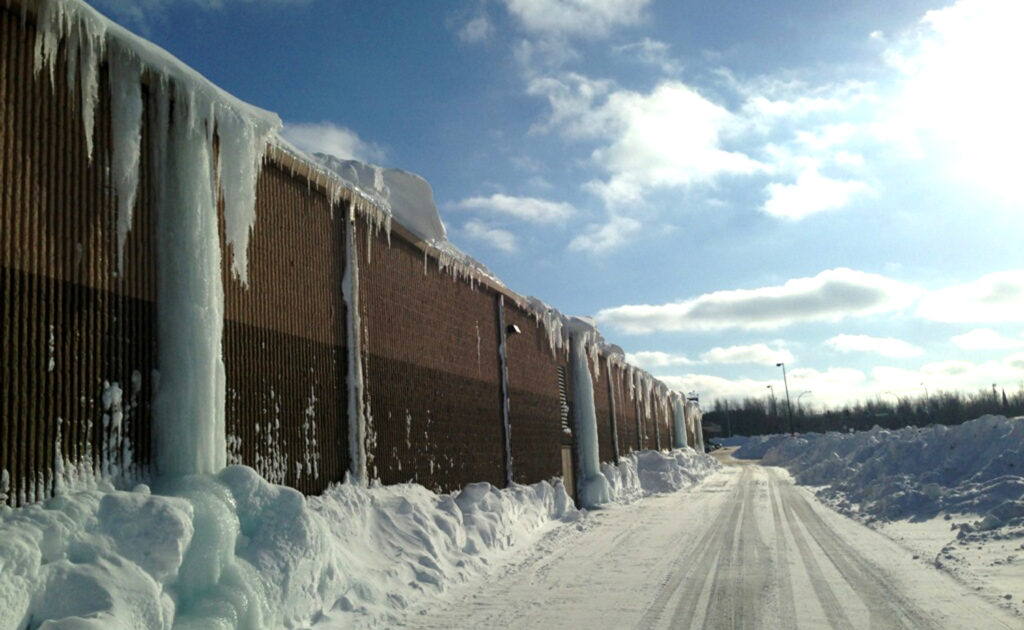It’s not too late to schedule your 2024 commercial roof inspection or maintenance project – Yet.
If you’ve been putting off scheduling your commercial roof inspection, repair, or replacement project – NOW is the time to get on our calendar. As we approach the end of Summer, we are expecting record business and long lead times heading into the Winter months.
Commercial Roofing Material Shortages and Delays
Product and labor shortages and shipping delays have become the new normal in this post-COVID economy. Everything from automobiles to construction materials to our food supply chain has experienced disruption with the sudden spike in demand following 2020’s economic downturn. This has continued into Q3 of 2022, partly due to increased demand from postponed projects that are now moving forward. At this point, it is unclear when supply levels will stabilize.
Commercial roofing is no exception. Commercial roofing contractors are experiencing supply shortages and price increases like most other industries. And while Winter seems a long way off, it’s important to realize that we’re already halfway through the year (we know – you didn’t want to hear that).
How does this affect me?
If you have a roof maintenance project planned, we recommend getting it on our schedule soon. The best way to prevent costly roof repairs caused by the constant freeze-thaw cycles of our Minnesota Winters is to inspect and fix any issues now. Our calendar will start filling up as we get into September.
We also anticipate a record number of roof inspections to be scheduled in the coming months. If you haven’t scheduled your annual or semi-annual roof inspection yet, we suggest you do so as soon as possible.
Roof Replacements scheduled for 2023 are also subject to delays and materials shortages as inventories are built back to normal levels. It’s important to keep in mind that we have no control over future material costs, which may continue to increase over time. Scheduling now will help you avoid delays.
How important are commercial roof inspections?
Flat commercial roofs should be inspected annually or after a severe storm. Older roofs should be inspected twice each year.
A roof inspection by your commercial roofing professionals at Mint Roofing will help you by:
- Identifying issues
- Preventing leaks and costly downtime
- Managing your maintenance costs
- Staying ahead of material shortages and delays
- Preparing your business for a Minnesota Winter free from costly downtime
- Extending the life of your roof
To learn more about how Mint Roofing can help you manage your commercial roof maintenance, reach out to us today.
By Phone: 952-473-8080
24 Hour Line: 952-473-8181
Email: info@mintroofing.com
FAQs
Q: What is the purpose of a commercial roof inspection?
A: A commercial roof inspection is crucial for identifying potential issues before they become serious problems. It ensures the roof is in good condition, assesses any wear and tear, and helps in maintaining the building’s structural integrity.
Q: How often should commercial roof inspections be conducted?
A: It is generally recommended to conduct commercial roof inspections at least twice a year, ideally in the spring and fall. Additionally, inspections should be performed after severe weather events to check for any damage.
Q: What factors can affect the lifespan of a commercial roof?
A: Several factors can influence a commercial roof’s lifespan, including the quality of materials used, installation practices, environmental conditions, and regular maintenance. Poor drainage, inadequate ventilation, and exposure to harsh weather can also shorten its lifespan.
Q: What common issues are identified during a roof inspection?
A: During a roof inspection, common issues that may be identified include leaks, ponding water, damaged roofing materials, poor drainage, and signs of wear from weather exposure. Early detection of these issues can prevent costly repairs down the line.
Q: Are there specific signs that indicate a roof needs to be inspected?
A: Yes, signs that indicate a roof needs inspection include visible leaks, dark spots on ceilings or walls, missing or damaged shingles, and unusual granule buildup in gutters. If any of these signs are present, it is advisable to schedule an inspection promptly.


